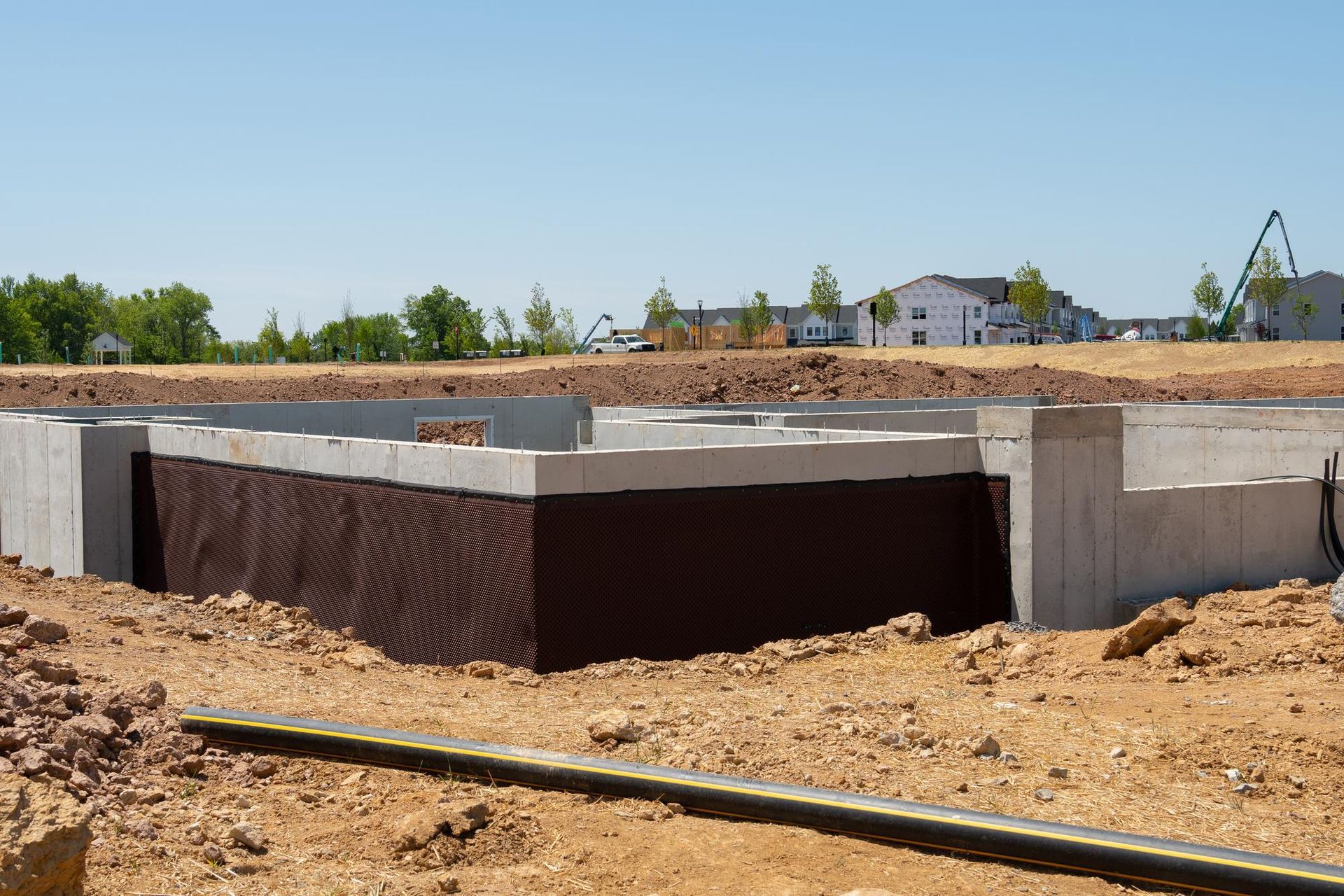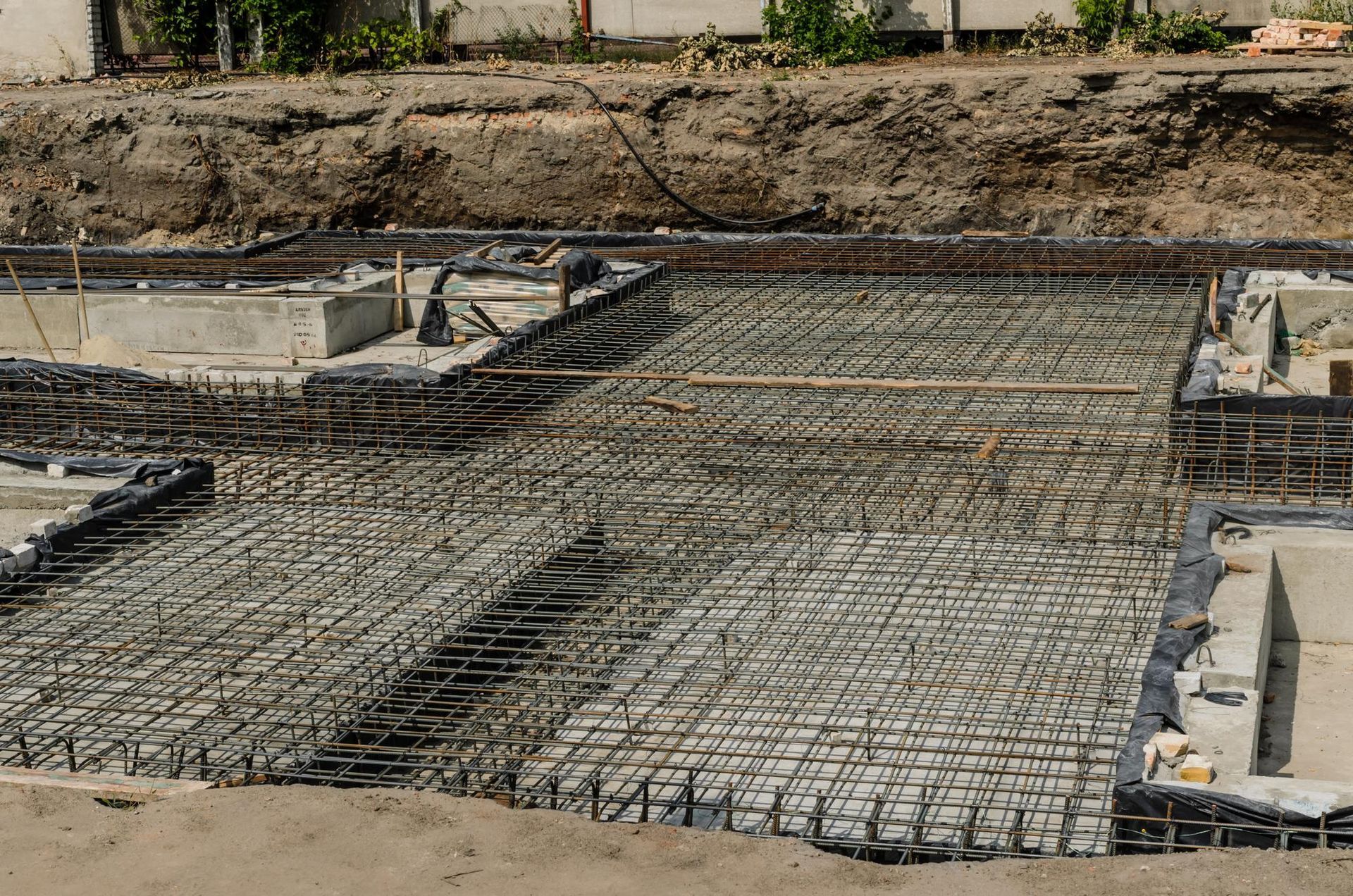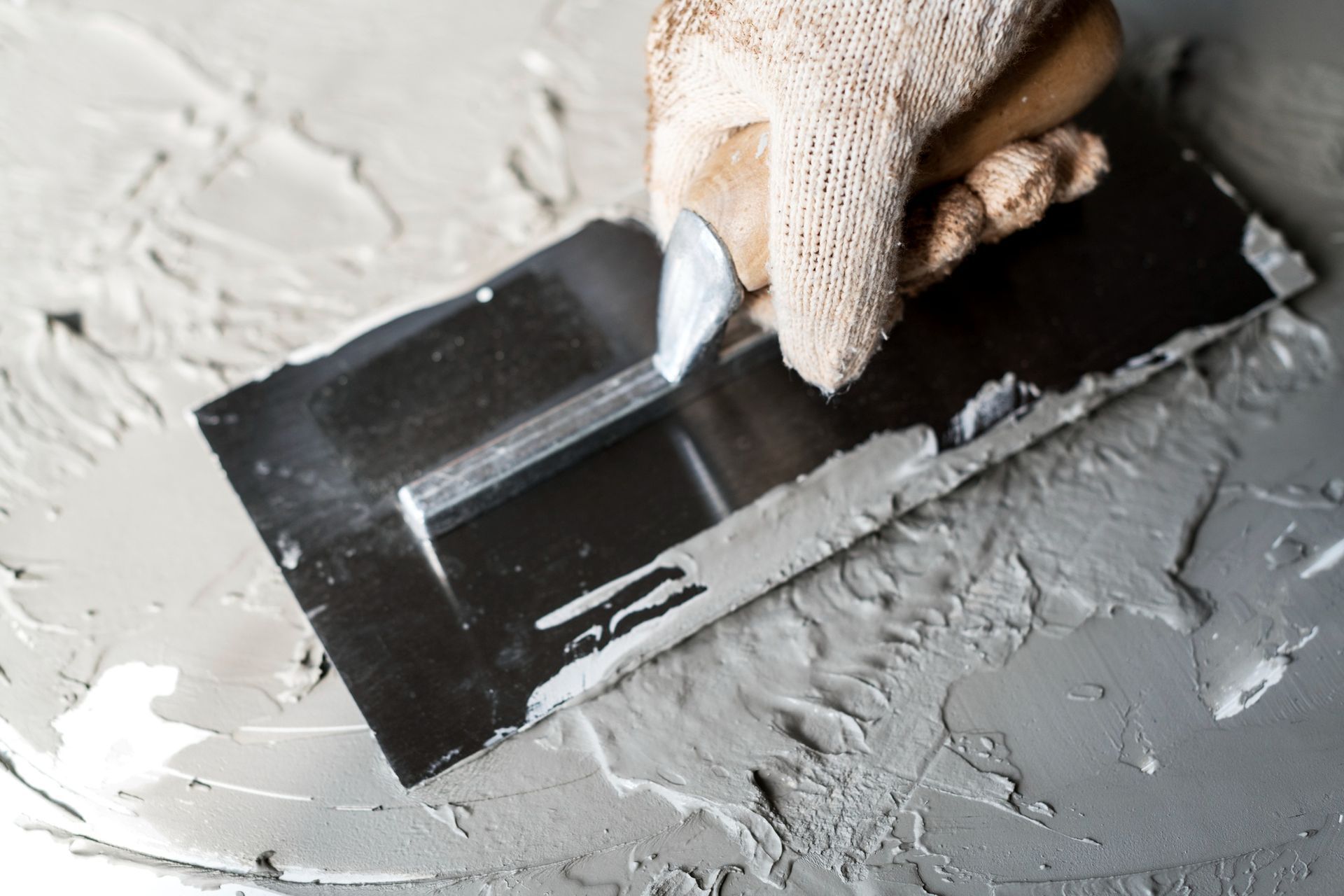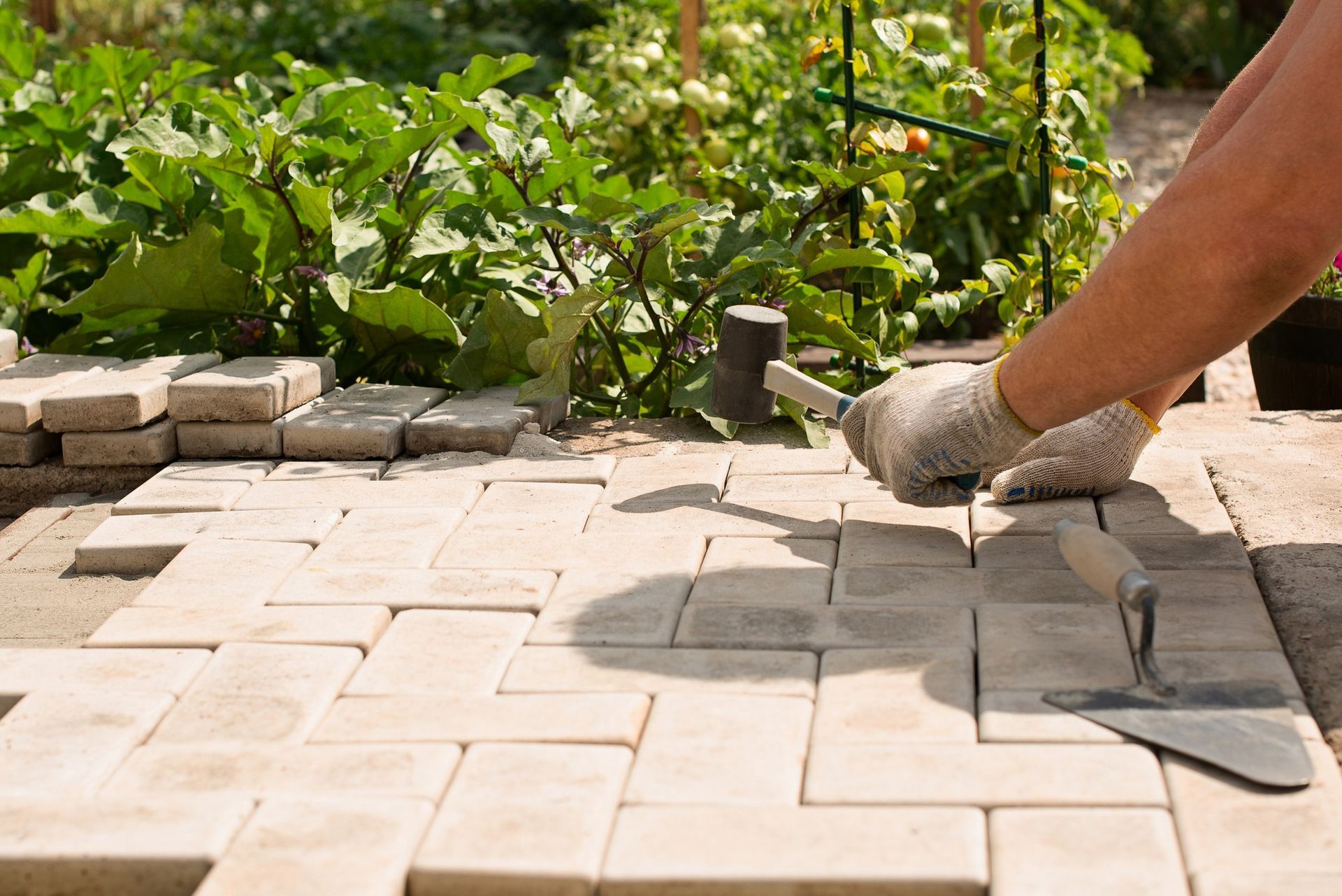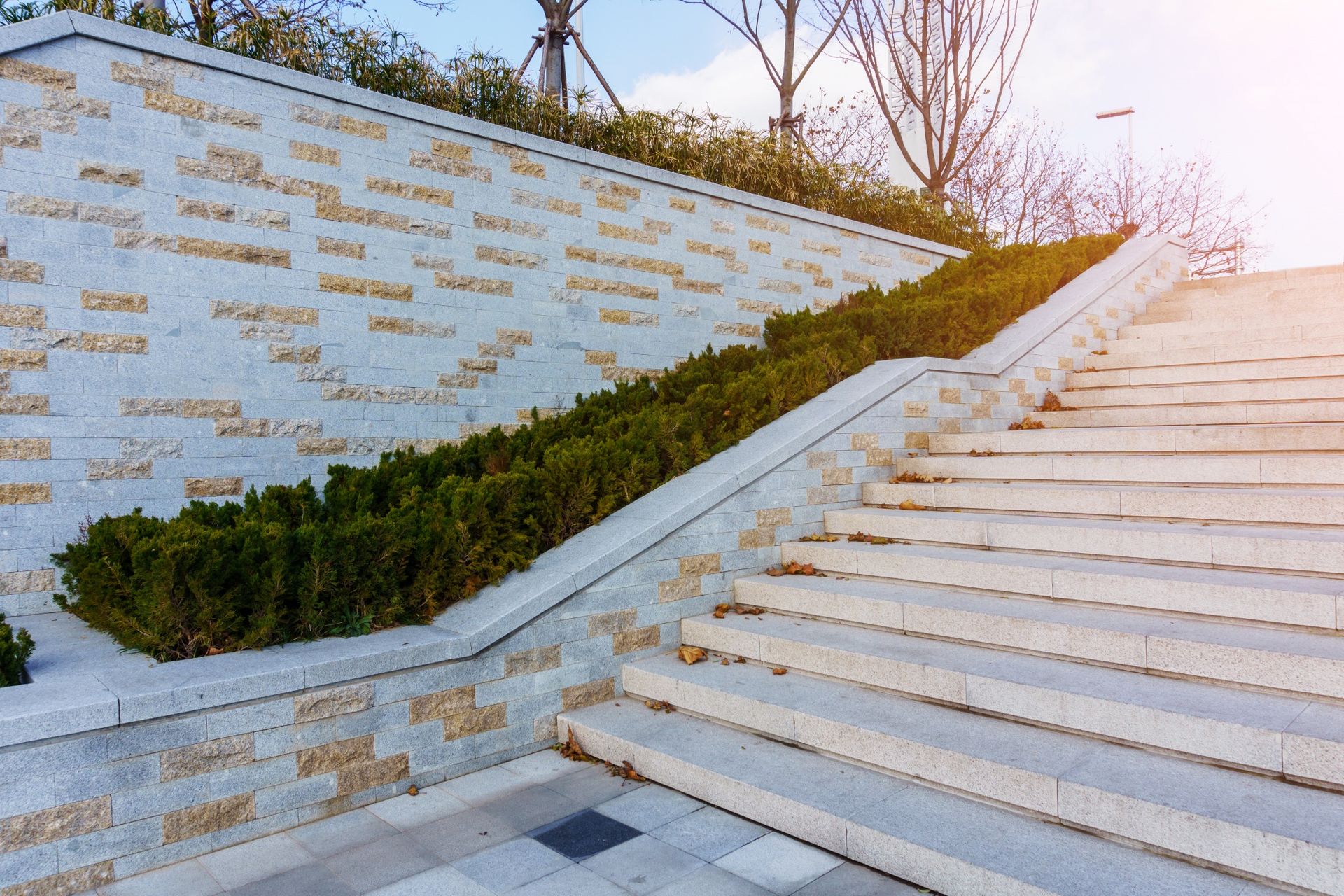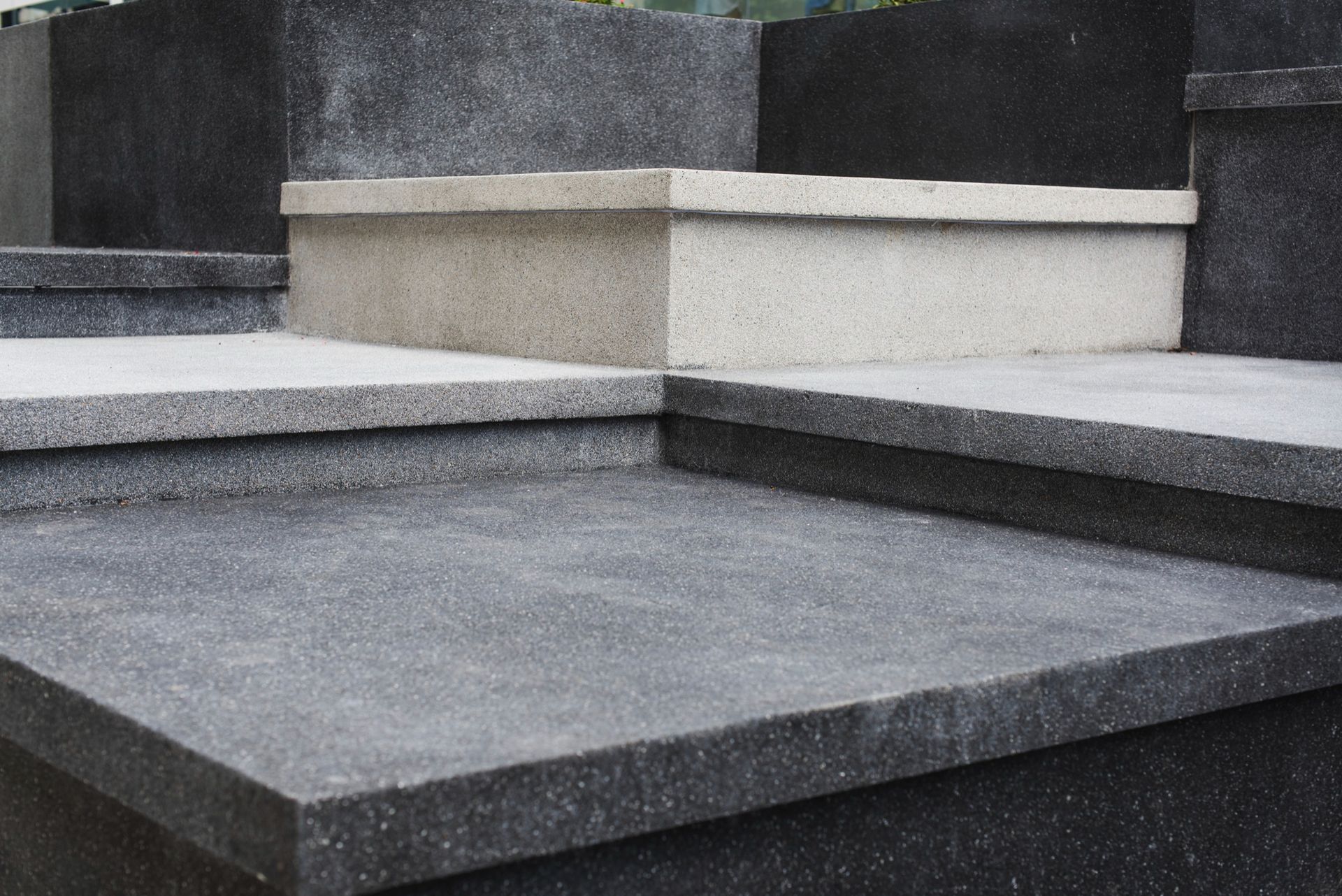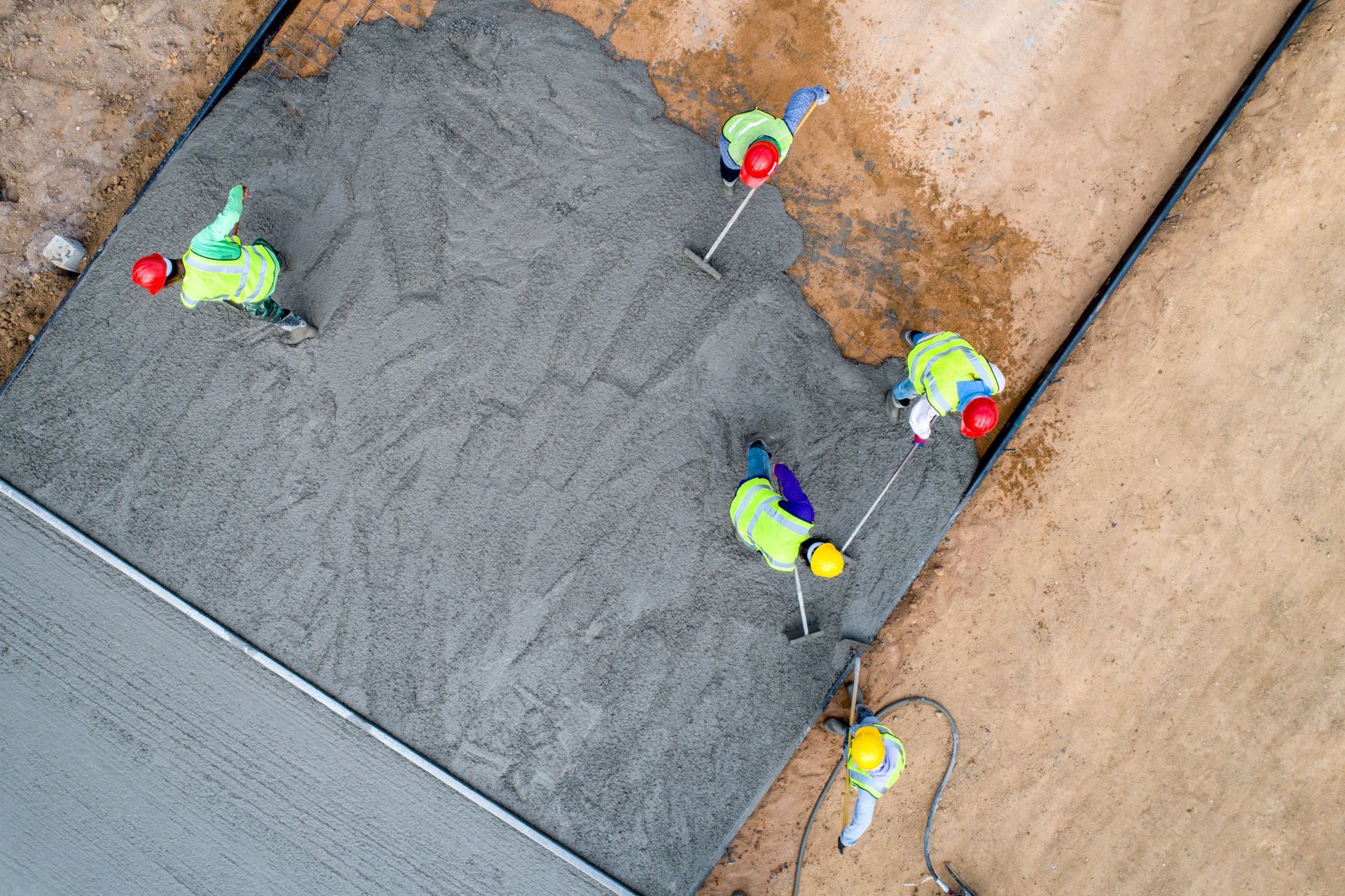Retaining Walls: Top Ideas for Function and Style
Retaining walls are not just practical solutions for managing soil erosion or drainage issues; they can also add style, functionality, and a unique character to your landscape. Whether it's for a sloping garden, a patio, or just to add some depth and interest to a flat and featureless yard, a retaining wall offers a myriad of possibilities. Let's explore some of the top retaining wall ideas that blend function and style.
What Are Retaining Walls?
Functional and Stylish Retaining Wall Features
1. Built-In Seating
Built-in seating is a clever way to combine functionality and design within your retaining wall. With the right planning, the wall can double as a comfortable, sturdy seating area for outdoor gatherings or quiet relaxation. This feature is particularly useful in small yards where space is at a premium, but it also adds a unique architectural element to larger landscapes. The design can be as simple as a flat, wide cap on the wall, or it can involve more complex designs like individual bench sections with backrests. Choosing materials that complement the rest of your outdoor space can create a cohesive and stylish look. Cushions can be added for extra comfort, and they provide an opportunity to inject color and personality. With built-in seating, your retaining wall becomes more than just a boundary or a flower bed—it becomes a hub of social interaction and enjoyment, enhancing the livability of your outdoor space.
2. Planters and Flower Beds
Incorporating planters and flower beds into your retaining wall design is a fantastic way to add life and color to your landscape. These can be built into the wall itself or positioned on top, depending on the wall's height and your specific aesthetic and functional preferences. This concept allows you to create a living wall filled with your favorite plants, flowers, or even edible herbs and vegetables. It's a great solution for adding greenery in small spaces, as it takes advantage of vertical space. You can play with different plant heights, colors, and textures to create an appealing visual display. Additionally, plants improve the wall's drainage and can help to soften the hard appearance of stone or concrete walls, creating a more natural and cohesive look. Choosing plants that are suitable for your local climate and the wall's sun exposure will ensure they thrive and reduce maintenance. Ultimately, integrating planters and flower beds into your retaining wall design makes your landscape more vibrant and dynamic.
3. Terracing
Terracing is an innovative way to make the most of a sloping yard. It involves creating a series of flat, step-like surfaces on a slope, similar to a stairway. This method not only helps prevent soil erosion but also makes gardening and landscaping easier and more productive. Each tier can function as a separate planting bed, allowing for varied planting designs that add depth and interest to your garden. The retained edges of each terrace provide a natural spot for adding architectural elements like seating or decorative features. Beyond its practicality, terracing a slope with retaining walls can create a beautiful layered look, transforming a challenging hillside into a visually pleasing, multi-leveled landscape feature. This structured yet organic approach mimics natural landscapes and adds a dramatic touch to your outdoor space. When planning your terraced garden, be sure to consider the direction of sunlight and drainage to ensure optimal growing conditions for your plants.
4. Lighting
Effective lighting can take your retaining wall from functional to picturesque when the sun goes down. Built-in lights, whether installed in the walls themselves or positioned in the surrounding landscape, not only enhance safety and visibility, but they can also create a stunning visual impact. Imagine the warm glow from underneath casting interesting shadows and highlights, emphasizing the texture and form of the wall, or even drawing attention to the plants growing around it. Modern LED lighting options offer energy efficiency and longevity, making them an ideal choice for outdoor lighting. They come in a variety of colors and brightness levels, allowing you to customize the lighting effect to complement your overall landscape design. Use softer, warm lights for a cozy, inviting atmosphere or brighter, cool lights for a crisp, modern vibe. With the right lighting, your retaining wall can become a stunning focal point in your outdoor space, day and night.
5. Water Features
Incorporating a water feature into your retaining wall can turn an ordinary landscape into a tranquil oasis. A waterfall cascading down a series of stone tiers or a gentle stream trickling over the edge of a retaining wall brings a soothing, natural ambiance to your outdoor space. This not only enhances the aesthetic appeal but also adds a dynamic element to the static structure. Additionally, water features attract a variety of wildlife such as birds and butterflies, promoting biodiversity in your garden. The water's flow can be adjusted to create a calming trickle or a vibrant splash, adding another sensory dimension to your landscape. Remember, careful planning and proper installation are crucial to prevent water from damaging the wall's structure and ensure easy maintenance. It's a good idea to consult with a professional when adding a water feature to your retaining wall.
Retaining walls can serve more than just a utilitarian purpose; they can be the design feature that takes your yard to the next level. By combining functionality with aesthetics, you can create an outdoor space that is both practical and enjoyable. Whether you opt for natural stone, brick, wood, concrete, or gabion, your retaining wall is sure to add distinctive character to your landscape. If you're looking for professional help with your retaining wall project in North Collins, NY, Bri-Mic Construction, Inc. is a highly recommended service provider. With their expertise, you can expect top-quality workmanship that fits your vision and needs. For more information or to schedule a consultation, give them a call at 716-337-0500. With their help, you can transform your outdoor space into a masterpiece.

